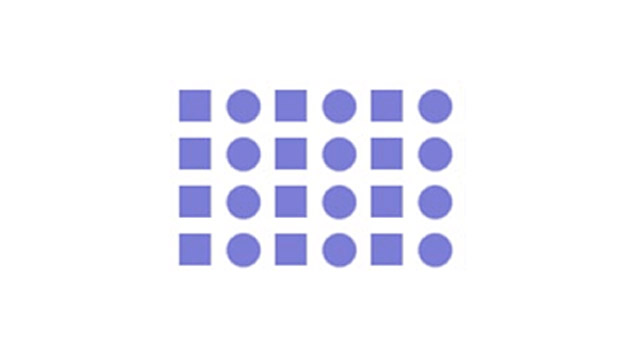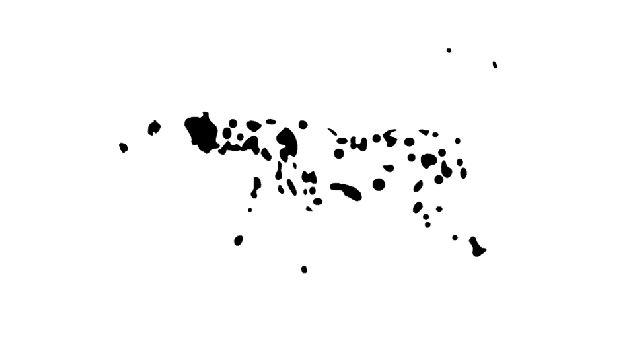Look at the adorable GIF above. What you’re seeing is nothing more than a blob of disconnected, alternating smaller blobs. So why do our brains tell us that we’re looking at a trotting Dalmatian? It’s all because of a little trick our brains are playing on us known as the Law of Closure.
Closure, a subcomponent of the overarching concept Gestalt psychology, tells us that when we see something, our immediate inclination is to take the information and turn it into something we’re familiar and comfortable with. When we look at a cluster of lines, we’re far more likely to remember them as one big line than as many individual lines. More specifically, the Law of Closure explains our tendency to form imagined connections between things that are, otherwise, entirely separate.

Chaos is, of course, highly discomforting, so to find any sort of relief, we’ll deploy closure to fill in the blanks and bring order to our world — whether it be in design or even in more subjective parts of our lives.
Interestingly enough, we’re usually totally unaware of our inclination to bridge these gaps, because all of this is taking place subconsciously as a remnant of a (once highly necessary) primal survival instinct. Prehistoric humans who could identify predatorial patterns more quickly and with fewer clues would have had a significant advantage as far as not becoming someone’s next meal goes. It makes sense, then, why even the slightest lack of closure can make us so uncomfortable.
Plus, the idea of closure-for-the-sake-of-survival illuminates the cause behind another key aspect of the process: The fact that, when we do make these connections, our brain’s reward system is triggered, releasing endorphins. And this happens every single time you complete the process; fill in a missing space in a stamp collection, finish a book, identify the peacock in NBC’s logo, and your body will actually give you a pleasant little boost for doing something it thinks is keeping you alive. And it’s these endorphins that make us crave a sense of closure as often as we can and in nearly every aspect of our lives.

So given our ability for closure’s likely more far-reaching origins, it only makes sense that this handy little trick would manifest itself in areas other than simply visual design. For instance, in the video below, Bobby McFerrin offers a perfect example of how humans can — even en masse — bridge the gaps of information by relying on familiar patterns:
[clear] But there is a more troubling side to the process: rarely do we ever actually have total knowledge of a situation before making any sort of decision. Because we’re almost always lacking information, the closure principal becomes the basis for nearly every decision, action, and conclusion we will ever make. But when we inevitably try to close the gap using insufficient information, the closure principle can end up working against us.
As designer Andy Rutledge puts it:
Closure is dangerous, volatile, seductive, hypnotic, and even playful. It works to show us an image that does not actually exist before our eyes; it reaches into our experience and into our psyche to create a fiction and compels us to believe it. From these results we construct our opinions, assumption, understanding …our reality.
[clear]

Arrows image: Shutterstock/Anson0618
